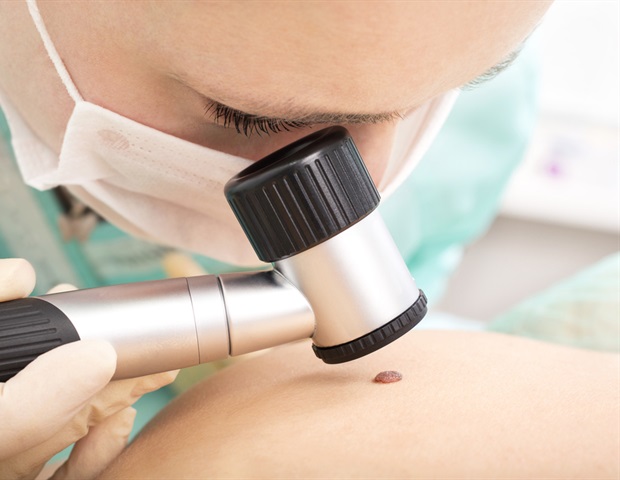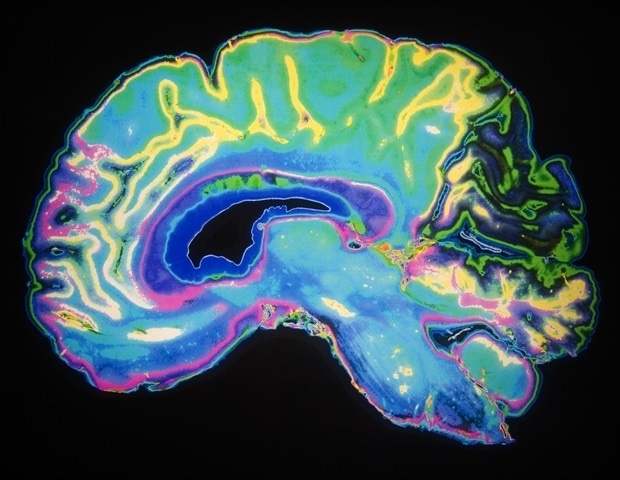New cancer-associated fibroblast subset in HNSCC

Scientists have identified a new CAF subset in HNSCC using tissue cytometry and spatial transcriptomics. In two-thirds of cases, head and neck squamous cell carcinomas (HNSCC) require treatment with radiotherapy.1 However, the location of these tumors means they can be especially challenging to treat due to several delicate organs being near the treatment site. Any applied radiotherapy treatment must be highly targeted to avoid unwanted damage to nearby healthy tissues. One potentially suitable treatment approach for smaller cancers may be the surgical removal of tumors, though there are concerns surrounding the challenge of removing all cancerous tissues. Neoadjuvant immunotherapy is a promising method for improving surgical outcomes and reducing tumor recurrence. This approach aims to enhance the immune system’s response to the cancerous tumor before secondary interventions, such as surgery, to improve treatment results. Immunotherapy has transformed cancer treatment and drastically improved survival rates, with neoadjuvant immunotherapy also demonstrating further improved outcomes. Neoadjuvant immunotherapy does not appear to be as successful for all patients, prompting a major research effort into identifying and profiling biomarkers and potential therapeutic targets in the tumor microenvironment.3 This work aims to help make the technique more universal and applicable to treating early-stage cancers. CD8+ T cells A series of recent research projects have explored the underlying mechanisms of CD8+ T cell infiltration.4 CD8+ T cells are cytotoxic and play an important role in the immune system’s tumor response. CD8+ T cells’ infiltration mechanism typically becomes restricted and dysfunctional in cases of HNSCC. The study presented here demonstrates this impairment by successfully identifying a relationship between cancer-associated fibroblasts (CAF) and T cells. The team was required to perform spatial transcription analysis of the cancerous specimens to understand the mechanisms behind CD8+ T-cell regulation. Spatial transcriptomics is commonly employed in studies seeking to better understand cell dynamics in native tissue environments. While spatial transcriptomics is a useful tool for visualizing gene expressions and their distributions, it is based on mRNA sequencing and expression. This presents a notable disadvantage because mRNA expression does not necessarily directly translate to protein expression and distribution. Therefore, a second method must be used to properly investigate novel targets uncovered by spatial transcriptomics that operate on the protein level. Multiplex immunofluorescence Multiplex immunofluorescence is sensitive to protein expression and distribution, as a highly regarded approach to profiling tumor microenvironments and immune changes.6 Multiplexing of fluorescence microscopy measurements requires the introduction of multiple markers with different emission wavelengths into a single sample. It is possible to gain a more comprehensive understanding of the cell environment by leveraging multiple fluorescent tags for several environments of interest in the cell or tissue section. This approach also enables more complex multiparameter imaging studies and analysis.7 Applications CD8+ T-cell studies involved multiplex immunofluorescence staining of three immune types of the carcinoma samples, which had also been studied using spatial transcriptome sequencing. These combined results allowed the team to assess spatial relationships between the Gal9+ expression in the CAF and the TCF1+CD8+ memory-like T cells. Gal9+ has been shown to affect the prognosis of many kinds of cancer and to regulate the immune system. The team’s methodology was also used to discover the percentage of Gal9+ fibroblasts amongst the total fibroblasts, as well as determining what percentage of the T cells were TCF1+. It was also possible to evaluate the distance between the Gal9+ fibroblasts and malignant cells. From Supplementary Figure 8. Image Credit: Li C, Guo H, Zhai P, Yan M, Liu C, Wang X, Shi C, Li J, Tong T, Zhang Z, Ma H, Zhang J. Spatial and Single-Cell Transcriptomics Reveal a Cancer-Associated Fibroblast Subset in HNSCC That Restricts Infiltration and Antitumor Activity of CD8+ T Cells. Cancer Res., 2024. TissueFAXS spectra Multiplex immunofluorescence’s information-rich nature offers clear benefits, but it can be especially challenging to efficiently capture the image and perform subsequent image analysis. These challenges can be addressed by using TissueGnostics TissueFAXS Spectra in combination with the StrataQuest analysis package. The TissueFAXS Spectra multispectral imaging platform can facilitate imaging of up to eight different markers. The default size 8-slide stage can be upgraded to accommodate up to 120 slides via TissueFAXS Spectra SL configuration, enabling the highest throughput measurements. The TissueFAXS Spectra platform features a unique liquid crystal tunable filter, enabling rapid tuning over a broad spectral range to detect emissions. This highly advantageous feature removes the time-consuming step of swapping filters in and out to capture different wavelengths. This feature significantly streamlines the immunofluorescence imaging process as long as a suitable staining protocol is in place. The study presented here benefited from the TissueFAXS Spectra SL platform’s high throughput capabilities. It combined these with StrataQuest to calculate the proximity distance between cell populations. StrataQuest’s automated contextual image analysis also identified cells, structures, and tissues. It was possible to use the same frozen slides for both spatial transcriptome and multiplex immunofluorescence measurements, ensuring no compromise on accuracy and truly comparable results. TissueGnostics platforms are ideally suited to ensuring smooth workflows and the incorporation of multiplex immunofluorescence into the analytical pipeline. References and further reading Arnaud Beddok, A. et al. (2020). Proton therapy for head and neck squamous cell carcinomas: A review of the physical and clinical challenges. Radiotherapy and Oncology, 147, pp.30–39. https://doi.org/10.1016/j.radonc.2020.03.006. Boydell, E., et al. (2023). Neoadjuvant Immunotherapy: A Promising New Standard of Care. International Journal of Molecular Sciences, 24(14), pp.11849–11849. https://doi.org/10.3390/ijms241411849. Mittendorf, E.A., et al. (2022). Neoadjuvant Immunotherapy: Leveraging the Immune System to Treat Early-Stage Disease. American Society of Clinical Oncology Educational Book, (42), pp.189–203. https://doi.org/10.1200/edbk_349411. icts Infiltration and Antitumor Activity of CD8+ T Cells. Cancer Research, 84(2), pp.258–275. https://doi.org/10.1158/0008-5472.can-23-1448. Ståhl, P.L., et al. (2016). Visualization and analysis of gene expression in tissue sections by spatial transcriptomics. Science, 353(6294), pp.78–82. https://doi.org/10.1126/science.aaf2403. Lee, C.-W., et al. (2020). Multiplex immunofluorescence staining and image analysis assay for diffuse large B cell lymphoma. Journal of Immunological Methods, 478, p.112714. https://doi.org/10.1016/j.jim.2019.112714. Rojas, F., et al. (2022). Multiplex Immunofluorescence and the Digital Image Analysis Workflow for Evaluation of the Tumor Immune Environment in Translational Research. Frontiers in Oncology, 12. https://doi.org/10.3389/fonc.2022.889886. Acknowledgments Produced from materials originally authored by TissueGnostics GmbH. About TissueGnostics TissueGnostics (TG) is an Austrian company focusing on integrated solutions for high content and/or high throughput scanning and analysis of biomedical, veterinary, natural sciences, and technical microscopy samples. TG has been founded by scientists from the Vienna University Hospital (AKH) in 2003. It is now a globally active company with subsidiaries in the EU, the USA, and China, and customers in 30 countries. Sponsored Content Policy: News-Medical.net publishes articles and related content that may be derived from sources where we have existing commercial relationships, provided such content adds value to the core editorial ethos of News-Medical.Net which is to educate and inform site visitors interested in medical research, science, medical devices and treatments.

















